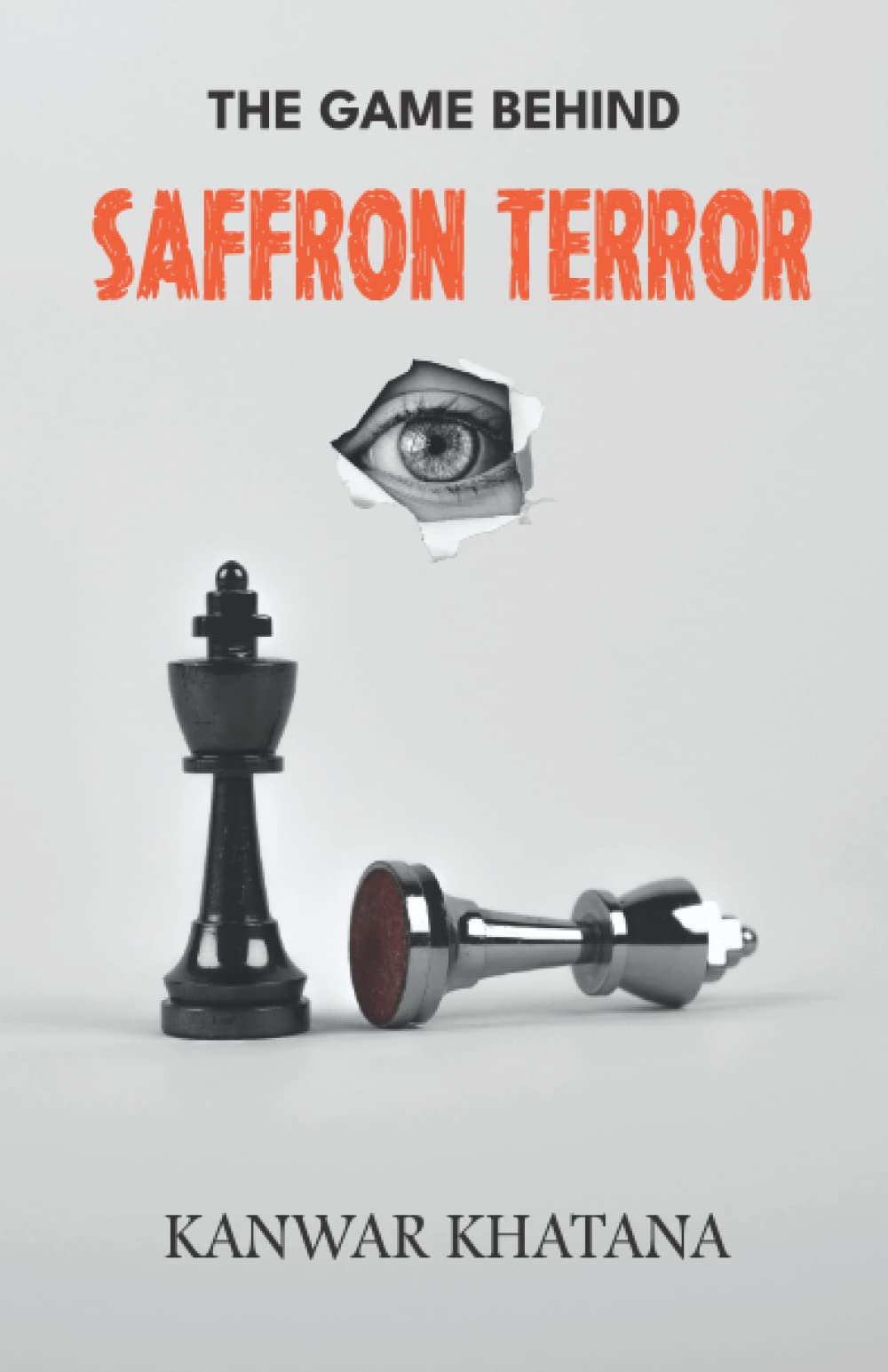The most attention-grabbing section of the book are the chapters which deal with the planning and preparation for 26/11 attacks in India.
If the authors would have been allowed to write the real-life stories without the pretense of “fiction”, the story of Lt Col Purohit and the attempts of creating a false narrative of “saffron terror” would have been a decisive nail in the coffin of the ISI-political party-media “nexus”. Uncomfortable truth about the 26/11 terrorist attacks in India, which killed 175 people and wounded around 300 and the seemingly manipulated arrest of Lt Col Purohit were dismissed and shelved for a politically correct narrative, the author claims. Since the same government got another term, the truth was imprisoned and tortured. The naming of political leaders, both of India and Pakistan; travel schedules of leaders and terrorists; details of LeT (Lashkar-e-Taiba) terrorist training modules in Pakistan; involvement of Pakistan’s army and ISI in attacks in India; etc., are enough to give cold shivers despite the fact that the author writes in the Introduction itself that the book is a “fiction, based on information”. The lucidity in narration by Col. Khatana, retired intelligence officer, is exemplary.
The author in “The Game Behind Saffron Terror” appositely traces the sequence of events leading to the 26/11 attacks and a political party’s connivance with ISI in establishing it and several other terrorist attacks as acts of “saffron terrorism”, when nothing of the sort exists. The way the conspiracy to float the non-existent jargon “saffron terror” is concocted in the presence of some political leaders in 2006 induces the reader to question the allegiance of the party. The book goes beyond hinting and insinuating, and establishes the linkages between ISI and LeT by detailing the frequent visits of ISI officials to the LeT training camps; ISI role in selection and training of fidayeen terrorists; supply of arms and ammunition; etc. If one is to believe in the chain of events that the author has established, reasoning it to be based on information notwithstanding it being fictional, then there is hardly anything left in judging that not only the jargon “saffron terror” is lodged by ISI (who works with the aid and advise of the President of Pakistan), but the political party and some major media houses have participated and helped ISI in their malicious designs.
Another interesting thread that is seamlessly weaved in the narration is that of internal politics in Pakistan. The extent of political control exercised by Army in Pakistan has been significantly highlighted by notating their role in enticing Benazir Bhutto to return to Pakistan and then getting her assassinated with the help of LeT. The detailed discussions between the head of ISI and Pakistan’s President suffice the need of terrorist activities in India to keep the Indo-Pak border volatile in order to bargain internationally in the interest of Pakistan.
The most attention-grabbing section of the book are the chapters which deal with the planning and preparation for 26/11 attacks in India, painstaking selection and training of terrorists from LeT, their journey to India for executing the 26/11 attacks and the timeline of the final attack. On the one hand, the account speaks volumes about ISI’s commitment and eye for perfection in their task, and on the other, it is a tale of deceit, amorality, and scabbing by a major political party on the other side of the border.
The chapters that describe the love life of Col Purohit fail to harmonize with the flow of the book but at the end their importance can be well accounted for as they successfully stir the reader’s emotiveness when the author elucidates the harsh realities of existence and continuation in real world politics. The saga of Col Purohit—his hard work, accomplishments, false accusations, misled and un-notified arrest, jail, torture, fabricated tagging as saffron terrorist—can bring jitters, albeit it being fictional based on information. Col Khatana claims that the arrest of Lt Col Purohit, and Pragya Thakur, and others in the Malegaon blast case was a well-planned move conceived in Pakistan and aided and supported by a political party and a few media houses to achieve two objectives. One, to establish the existence of “saffron terror”, and two, to raise questions about the honor and integrity of the Indian armed forces. The change of government in 2014; Pragya Thakur as MP; and release of Col Purohit have turned the tables and the narrative too.
The book is a radical work for understanding the nuances of intelligence agencies and “behind the curtain” politics in domestic as well as international affairs. Col Khatana’s experience as an intelligence officer adds the much-required element of thorough detailing, which was a prerequisite for a book like this. Though it is a must read for scholars of South Asia and national security, but anyone with a minutest of interest in national politics will also find it valuable. This is not to say that “it is only for scholars”. The book has a fiction-novel like unfolding which can be of interest to any avid reader. Another book, titled “An Invisible Hand Behind Saffron Terrorism”, by Anup Sardesai also takes the reader on the same course of understanding the agenda and methodology of hidden forces in India who are continuously on the move to establish the non-existent “saffron terror” by detailing the incidents and events leading to Malegaon blast and the subsequent arrest of Pragya Thakur. Both works are of the same genre but Col Khatana’s detailing of events, travels, meetings happening in India, Pakistan, UAE, Britain and the audaciousness of taking “names” is what makes this book more chilling and unnerving.
On a lighter side, for reasons known only to the author, the expression “poker faced” has been used a number of times and very aptly indeed.
Dr Vandana Mishra is Assistant Professor, Centre for Comparative Politics and Political Theory, School of International Studies, Jawaharlal Nehru University

